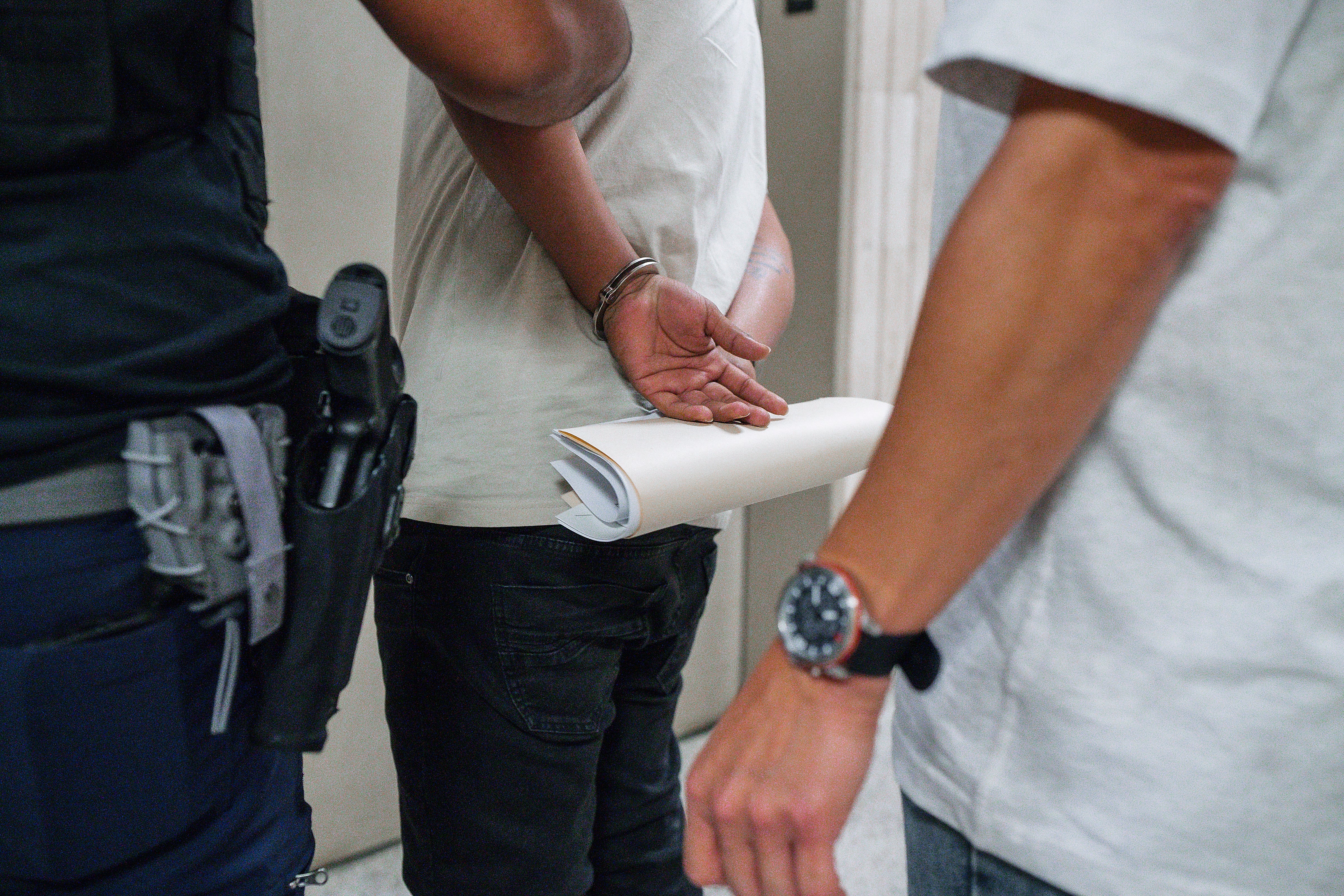WASHINGTON – It’s not often the Coast Guard takes center stage at the sprawling Ingalls shipyard in Pascagoula, Mississippi. The huge facility builds more different kinds of ships for the Navy than any other yard.
But here in the dog days of summer, the white-hulled ships of the smaller service have been in the spotlight, with the acceptance trials of the fourth national security cutter (NSC) wrapping up Friday and the christening next day of the fifth ship.
"The NSC program is really hitting on all cylinders," Christie Thomas, Ingalls' director of business development for the program, said on Thursday. "We've got a steady drumbeat of successes."
The Coast Guard planned to build eight NSCs — the largest and most complex cutters ever designed for the service — but budget cuts threatened to shrink that buy. Powerful allies in Congress reversed Department of Homeland Security plans to put off the last two, instead assuring that all eight would come into being. On June 30, the service gave Ingalls the go-ahead to begin purchasing long lead items for the ship. Contract negotiations for the cutter, named Midgett, will take place after the Oct. 1 fiscal new year, Thomas said, with delivery planned for 2019.
Three NSCs are in service, all based at Alameda, California. Bertholf, the first ship, returned Monday from a 140-day patrol, the longest so far for the cutters, and the Waesche played a major role in the Navy's Rim of the Pacific exercises off Hawaii in July.
"Hamilton, the fourth NSC, is out on acceptance trials," Thomas said, aiming at a delivery date of Sept. 15. The ship is to be commissioned Dec. 6 at its homeport of Charleston, South Carolina, and become the first NSC based on the Atlantic coast.
"NSC 4 is a significant improvement over the first three," she said. "It's the first fixed-price ship. The first three were cost-plus contracts."
Thomas noted that compared with the third ship, Stratton, the Hamilton had over 50 percent fewer trial cards, for items still requiring work.
"That's a big improvement — and significant cost improvements, too," she said, adding that the Hamilton "is on cost and on schedule."
With three ships in full production, more than 1,400 Ingalls workers are assigned to the NSC program. About 300 are still working on Hamilton, while nearly 700 are on James, which was to be christened Saturday. More than 400 employees are working on the sixth cutter, Munro.
Work already has begun on the seventh NSC, Kimball, although the official start-of-fabrication date isn't until January.
As things stand, the NSC work force will begin to decline after Munro is delivered in late 2016, Thomas said. Delivery of Kimball is scheduled for early 2018, while Midgett is to be turned over to the Coast Guard in 2019.
And while Ingalls lost out this year in the competition to build the Coast Guard's medium-sized offshore patrol cutters, the company is still hopeful that some variant of the Bertholfs could be produced beyond the eight NSCs in the service's building plan.
"The NSC work force will start to gradually decline unless there's a continuation of the NSC line, the [Navy's] small surface combatant [SSC], or there is any luck with our international pursuits," Thomas said.
"If the Coast Guard continues with the NSC, we're looking at ice-hardening the design to do more work in the Arctic," she said.
This summer, Ingalls responded to the Navy's request for proposals for the SSC, likely to be a follow-on design to the littoral combat ship. The company has been promoting multiple, more combatant-like versions of the NSC to potential international customers, and many of those concepts were included in its SSC proposals.
"We remain very interested in that program," Thomas said of the SSC, although the shipbuilder has not yet received any official feedback from the Navy.
It is not yet clear when the Navy will be discussing its plans for the SSC.





